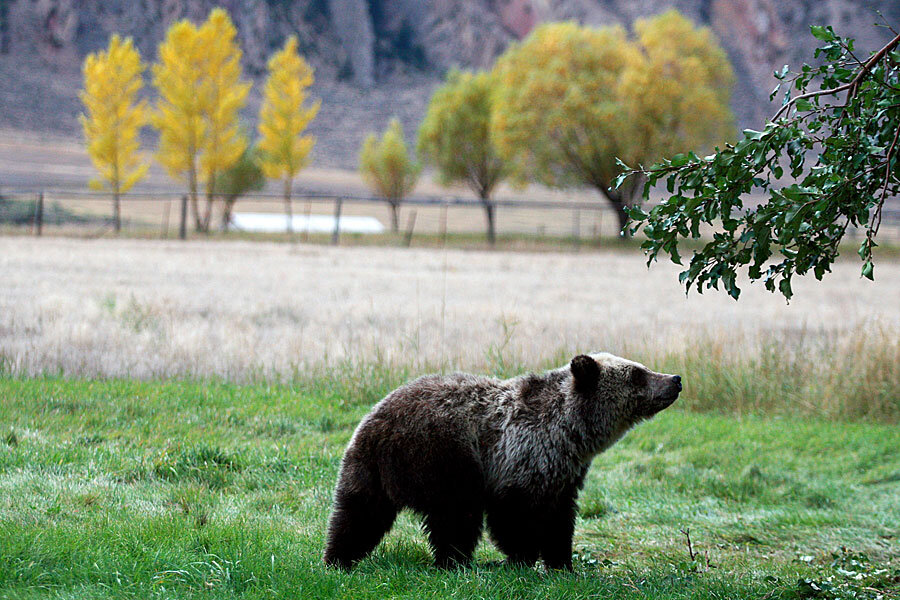Yellowstone supervolcano: 2.5 times bigger than anyone knew
Loading...
| Helena, Mont.
The hot molten rock beneath Yellowstone National Park is 2 ½ times larger than previously estimated, meaning the park's supervolcano has the potential to erupt with a force about 2,000 times the size of Mount St. Helens, according to a new study.
By measuring seismic waves from earthquakes, scientists were able to map the magma chamber underneath the Yellowstone caldera as 55 miles long, lead author Jamie Farrell of the University of Utah said Monday.
The chamber is 18 miles wide and runs at depths from 3 to 9 miles below the earth, he added.
That means there is enough volcanic material below the surface to match the largest of the supervolcano's three eruptions over the last 2.1 million years, Farrell said.
The largest blast — the volcano's first — was 2,000 times the size of the 1980 eruption of Mount St. Helens in Washington state. A similar one would spew large amounts of volcanic material in the atmosphere, where it would circle the earth, he said.
"It would be a global event," Farrell said. "There would be a lot of destruction and a lot of impacts around the globe."
The last Yellowstone eruption happened 640,000 years ago, according to the U.S. Geological Survey. For years, observers tracking earthquake swarms under Yellowstone have warned the caldera is overdue to erupt.
Farrell dismissed that notion, saying there isn't enough data to estimate the timing of the next eruption.
"We do believe there will be another eruption, we just don't know when," he said.
There are enough instruments monitoring the seismic activity of Yellowstone that scientists would likely know well ahead of time if there was unusual activity happening and magma was moving to the surface, Farrell said.
The USGS' Yellowstone Volcano Observatory listed the park's volcano alert level as "normal" for December.
Yellowstone attracts millions of visitors with its geothermal features of geysers, hot springs and bubbling mud pots. The park just opened its gates on Sunday for its winter season.
Park officials did not immediately return a call for comment.
A large earthquake at Yellowstone is much more likely than a volcano eruption, Farrell said.
The 7.5-magnitude Hebgen Lake earthquake killed 28 people there in 1959.
Farrell presented his findings last week to the American Geophysical Union. He said he is submitting it to a scholarly journal for peer review and publication.
The BBC first reported on the study.
Copyright 2013 The Associated Press. All rights reserved. This material may not be published, broadcast, rewritten or redistributed.







